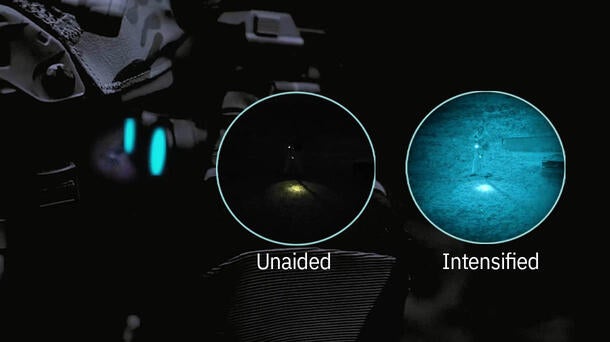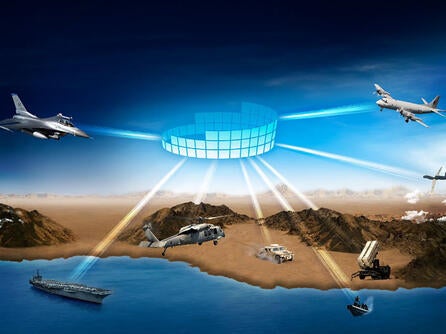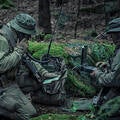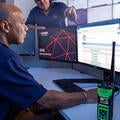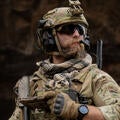“Sensor-to-Shooter” concepts are nothing new for the U.S. Army, enabling the warfighter to benefit from real-time information gathered from across a multi-domain battlefield to facilitate rapid decision-making and targeting.
Thanks to a rich legacy in innovation and close relationship with the land service, L3Harris Technologies is now bringing forward “Shooter-as-a-Sensor” (SaaS) concepts that inject organically generated intelligence into the wider battlespace.
The warfighter plays a central role in the SaaS concept. When equipped with appropriate capabilities and technologies, operators can deliver critical intelligence across the force, according to Dario Valli, L3Harris Account Management director.
“Within the SaaS concept, information is flowing quickly and accurately around the battlefield, so warfighters have a bigger sight picture of everything that's going on, which allows them to make faster decisions in the moment,” Valli said, noting the Army’s vision for the future is to shorten targeting cycles while focusing on survivability and lethality against peer threats. “In the battlefield of the future, individual warfighters will most likely be spread across the battlefield.”
